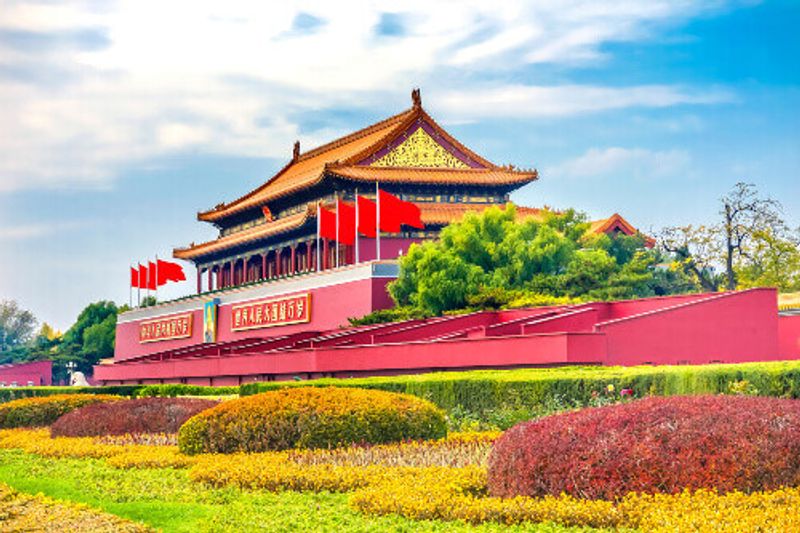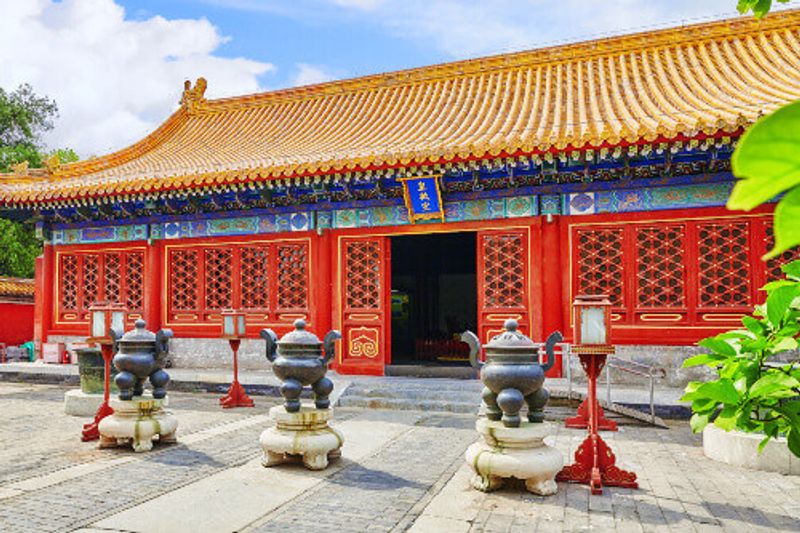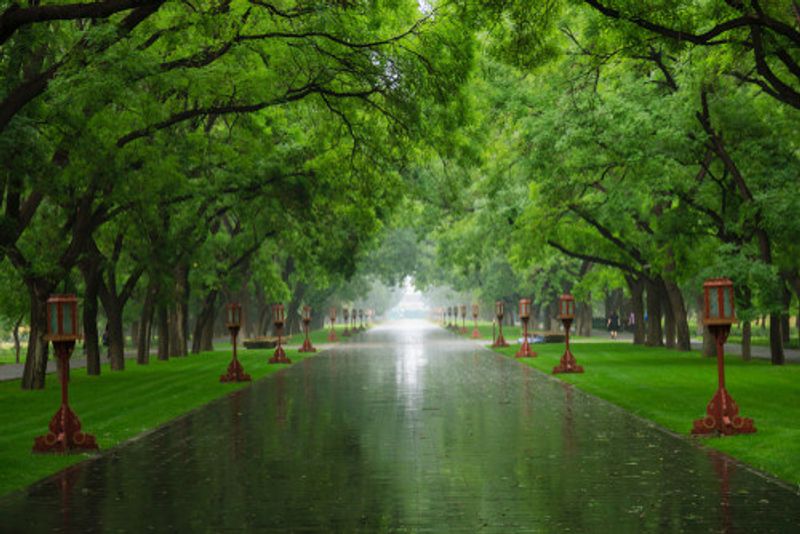This Ming Dynasty temple is one of Beijing’s most iconic landmarks
Built in the early years of the Ming Dynasty, the Temple of Heaven is one of Beijing’s most important landmarks and is certainly the city’s most stunning temple. It was built as a place for the emperor to pray to heaven for good harvests and today is not only a major tourist destination but a central point for many of the city’s locals to come to relax, watch the world go by, and take part in some fun exercises and games. It is in the Temple of Heaven parks you can expect to see elderly Beijingers practising tai chi, swordplay or simply carrying out their morning exercises.
The Temple of Heaven was built by the Ming Emperor Yongle who completed construction in 1420. Yongle was the son of the first emperor of the Ming Dynasty and was stationed in the northern outpost of Beiping. It was in this mountainous region where his garrison protected China from the Mongol army who constantly threatened to invade from the north. At the time, China’s capital was Nanjing in the south near Shanghai, but after Yongle’s nephew lost power and he became emperor, he moved the capital to his home of Beiping – later named Beijing.
Yongle underwent a major building campaign that saw The Great Wall extended and modernised to what we see today. Temples and palaces were built that would be suitable for an emperor to live, and to showcase the power and importance of the capital. The Forbidden City (also completed in 1420) was where he was to reside and the Temple of Heaven was to be the most important point from which to worship.
The emperor, who was known as the Son of Heaven, came here twice a year to make sacrifices to the heavens in order to ensure good harvests. He would parade down from the Forbidden City (through what is Tiananmen Square and Qianmen Gate today) down to the Temple of Heaven. The emperor would bring with him hundreds of mandarins, thousands of soldiers as well as elephants, camels and horses – all part of the emperors army stationed in the capital.
In the 16th century the temple complex was extended by Emperor Jiajiang who added the Temple of Sun in the east, Moon in the west, and Earth in the north of Beijing.
The physical structure of the Temple of Heaven is hugely symbolic. The surrounding gardens are square, which represents earth and the round inner complexes represent Heaven. This can be seen throughout the Temple as square inner walls surround the round main alters.
The dark blue tiles that are unique to the Temple of Heaven (and differ from the yellow tiles of the Forbidden City) also represent Heaven. The main circular mound is surrounded by nine terraces as the number nine represents the emperor and the main hall for Good Harvests has four inner pillars representing the seasons, 12 middle pillars for the months and 12 outer pillars representing the 12 two-hour periods that make up a day in Chinese tradition.
Today, the temple buildings themselves can get busy with tourists but it is the surrounding park area that often entertain visitors the most. Locals sit in the covered hallways or among the shady trees singing songs from their youth or impromptu performances of Peking Opera. Old men, smoking pipes, play cards as their wives dance or practise tai chi.
Early morning is the best time to see the local way of life before the midday heat or cold winds drive them back inside for lunch.


